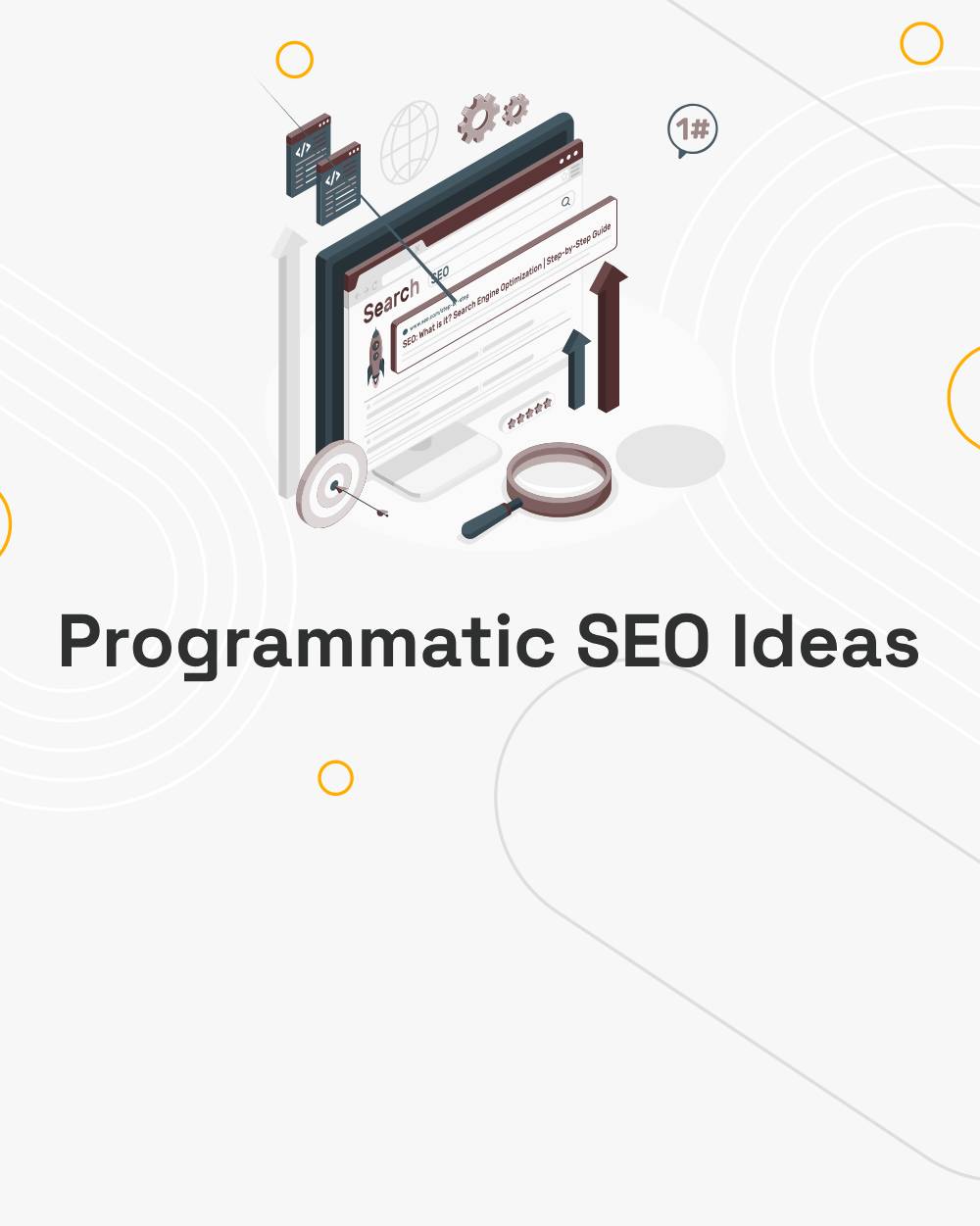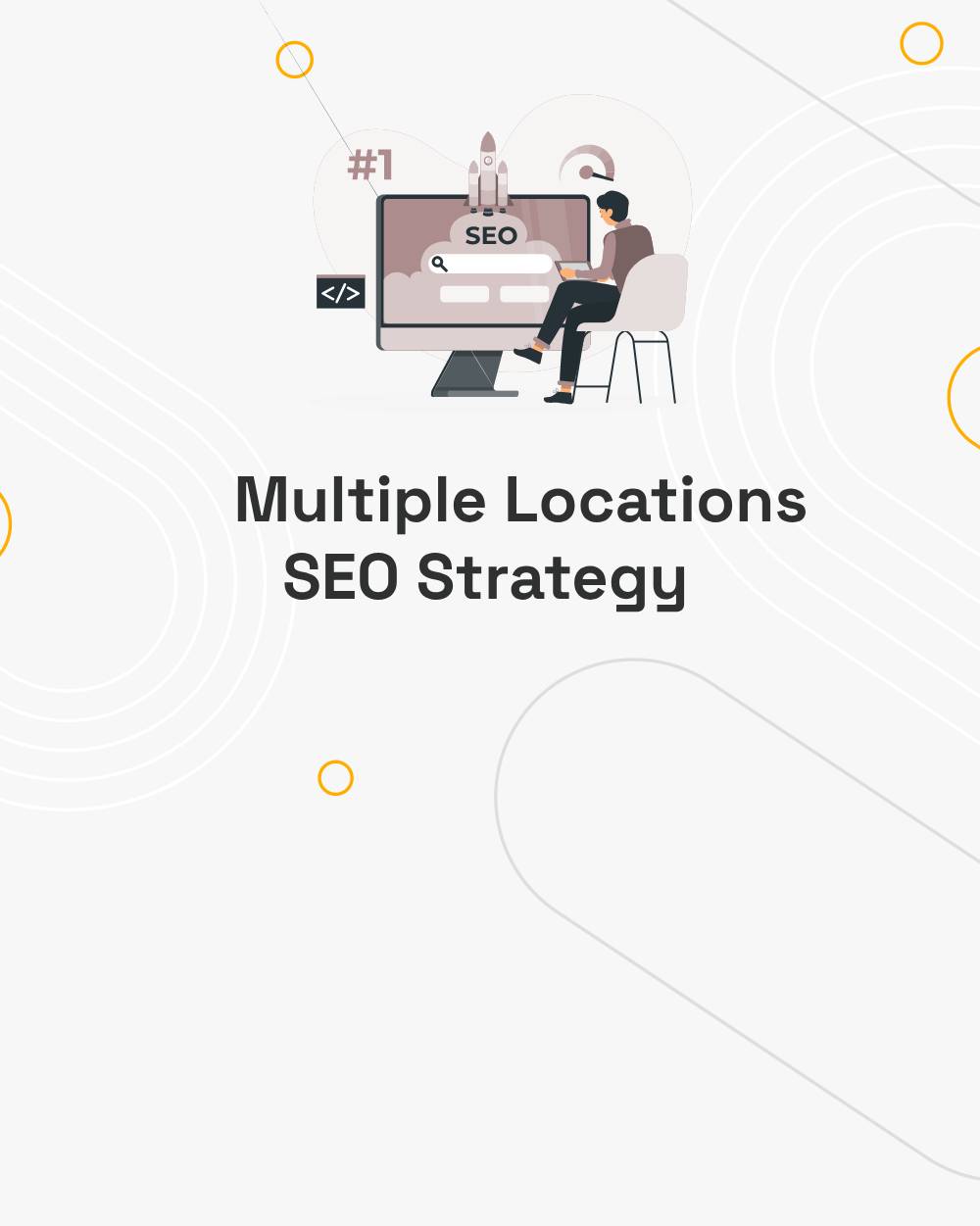SEO Strategy for E-commerce: Boosting Your Online Store’s Visibility
- Kaisar Hamid
- 0 Comments
In today’s competitive online marketplace, e-commerce SEO (Search Engine Optimization) is more important than ever. SEO is the foundation that helps online businesses get discovered by potential customers on Google and other search platforms. By improving your site’s visibility, you drive organic traffic and increase sales.
However, SEO is not a one-and-done activity. It’s an ongoing process that requires continuous effort and adaptation. This guide will walk you through the critical elements of a successful e-commerce SEO strategy, covering keyword research, site architecture, on-page SEO, technical SEO, content marketing, link building, user experience, and monitoring your progress.
I. Keyword Research: The Foundation of E-commerce SEO
Keyword research is the cornerstone of any effective SEO strategy. It helps you understand what your target audience is searching for and ensures that your website ranks for the right terms.
Product-Focused Keywords
Focus on keywords with commercial intent—phrases that indicate a user is ready to make a purchase. For example, instead of targeting broad terms like “shoes,” aim for specific phrases like “buy running shoes online.”
Keyword Research Methods
- Amazon Suggest: Use Amazon’s search bar to discover product and category-related keywords.
- Competitor Analysis: Analyze your competitors’ keywords using tools like Semrush to identify opportunities.
- Google Keyword Planner (GKP): Check search volume and assess the commercial intent of potential keywords.
- Other Tools: Explore platforms like Ubersuggest, Ahrefs, and AnswerThePublic for additional keyword insights.
- Long-Tail Keywords: These phrases (e.g., “best running shoes for marathon training”) are highly specific and often less competitive.
Additional Techniques
- Autocomplete: Use autocomplete features on Google and Amazon to find niche keywords.
- Subreddits: Browse Reddit communities to discover phrases your audience uses.
- Keyword Difficulty: Evaluate the difficulty of ranking for each keyword to prioritize your efforts effectively.
II. Site Architecture: Building a User and SEO-Friendly Structure
A well-organized site architecture ensures that both users and search engines can navigate your website easily.
Flat Site Structure
Adopt a flat site structure, where all pages are accessible within a few clicks. This improves user experience and ensures that important pages get crawled by search engines.
Hierarchy: Homepage > Category > Product
Link your homepage to category pages and then to individual product pages. This logical flow aids navigation and SEO.
Best Practices
- Keywords in Categories: Use keywords when naming categories for better visibility.
- Breadcrumbs: Implement breadcrumbs to improve navigation and SEO.
- Page Indexing: Use the “noindex” tag for pages that don’t need to appear in search results, like internal search pages.
- Internal Linking: Link related pages to guide users and distribute link equity across your site.
III. On-Page SEO: Optimizing Your Content
On-page SEO focuses on optimizing individual pages to rank higher and attract more relevant traffic.
Title Tags and Meta Descriptions
- Optimization Tips: Include target keywords, keep titles under 60 characters, and meta descriptions under 160 characters.
- Compelling Copy: Write titles and descriptions that encourage clicks.
Product Page Content
- In-Depth Descriptions: Provide detailed, long-form product descriptions.
- Keyword Usage: Integrate keywords naturally into the content.
- LSI Keywords: Use Latent Semantic Indexing (LSI) keywords to enhance content relevance.
- Specific Product Names: Avoid generic descriptions and focus on the exact product name.
Other On-Page Elements
- Unique Content: Ensure each page has unique content to avoid duplication penalties.
- Image Optimization: Use descriptive file names, compress images for speed, and include alt text with keywords.
- URL Structure: Create clean, keyword-rich URLs.
- Headings: Organize content with H1, H2, and H3 tags.
- Schema Markup: Add product schema and review schema to enhance your pages with rich snippets.
IV. Technical SEO: Ensuring a Healthy Website
Technical SEO ensures that your website’s infrastructure is optimized for search engines.
Regular Site Audits
Conduct periodic technical audits using tools like Semrush, DeepCrawl, ScreamingFrog, and Sitebulb to identify and fix issues.
Common Technical Issues
- Too Many Pages: Remove or “noindex” low-performing pages.
- Duplicate Content: Use canonical tags or write unique content.
- Thin Content: Expand content with detailed descriptions and user-generated input.
- Site Speed: Improve load times by upgrading hosting, using a CDN, and optimizing images.
- Mobile-Friendliness: Ensure your site performs well on mobile devices.
- HTTPS: Secure your site with HTTPS.
- Sitemaps: Create and submit XML sitemaps to search engines.
V. Content Marketing: Driving Traffic and Building Authority
Content marketing boosts your site’s authority and attracts organic traffic.
Finding Your Audience
Identify where your target audience engages online—whether on forums, social media, or niche websites.
Content Creation Tips
- Content Velocity: Publish high-quality content regularly.
- Formats: Use varied formats like videos, infographics, and case studies.
- Sales Funnel Content: Create content for each stage of the funnel, from awareness to purchase.
- Blogging: Start a blog to target informational queries and establish authority.
- User-Generated Content (UGC): Encourage customer reviews and testimonials.
Promotion Strategies
- Social Media: Share content on platforms where your audience is active.
- Email Marketing: Use newsletters to promote new content and drive traffic.
VI. Link Building: Building Authority
Backlinks are a critical factor for improving your website’s authority and rankings.
Quality Over Quantity
Focus on earning backlinks from reputable, high-authority websites rather than chasing sheer numbers.
Link Building Strategies
- Broken Link Building: Find outdated resources and suggest your own content.
- Partnerships: Collaborate with other businesses for mutual benefits.
- Guest Posting: Write articles for reputable blogs in your niche.
- Press Mentions: Get featured in media outlets for backlinks.
- Claim Unlinked Mentions: Identify and request backlinks for mentions of your brand.
- Social Sharing: Encourage shares to increase visibility and potential backlinks.
VII. User Experience (UX): Focusing on the User
Great user experience enhances SEO by keeping visitors engaged.
Core Web Vitals
Improve site speed, responsiveness, and visual stability to meet Google’s Core Web Vitals standards.
Other UX Factors
- Mobile-Friendliness: Optimize for mobile devices.
- Navigation: Ensure intuitive site navigation for better usability.
VIII. Monitoring and Measuring SEO Success
Track your progress with key performance indicators (KPIs).
Important KPIs
- Organic Traffic: Measure traffic from search engines.
- Keyword Rankings: Monitor your keyword performance.
- Bounce Rate: Aim for a low bounce rate.
- Conversion Rate: Track how well your traffic converts into sales.
- Click-Through Rate (CTR): Optimize for higher CTRs.
- Revenue: Connect your SEO efforts to overall revenue.
Tools for Monitoring
Use Google Analytics, Google Search Console, and Semrush to measure and refine your strategy.
Conclusion
E-commerce SEO is a powerful tool for growing your online business, but it requires consistent effort and adaptation. By focusing on keyword research, site architecture, on-page and technical SEO, content marketing, link building, and UX, you can improve your website’s visibility and drive sales. Start optimizing your e-commerce store today and watch your organic traffic soar!




